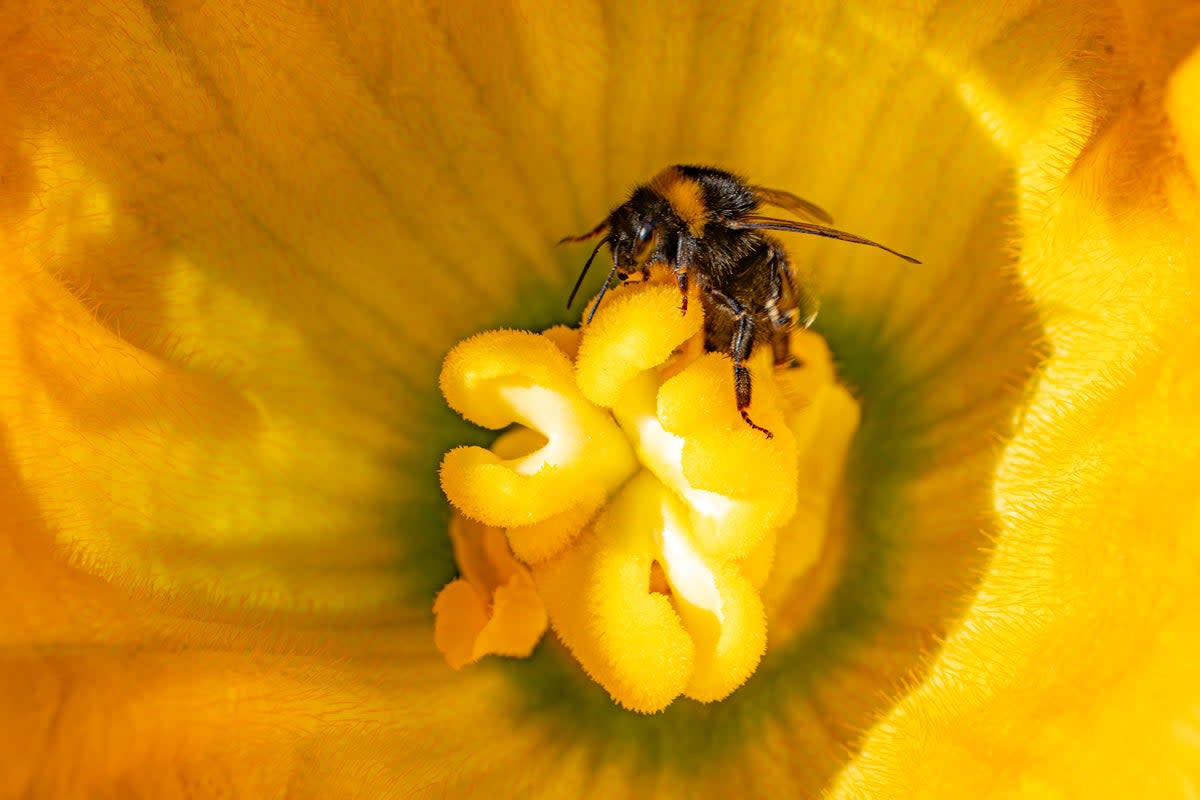Londoners asked to count the number of city's pollinating insects

Londoners are being asked to count all the bees, butterflies and moths they see on Monday as part of an annual city-wide pollinator count.
The count, by Pollinating London Together (PLT), is thought to be a first for the capital and has attracted help from naturalists, city workers and schoolchildren in an attempt to better understand the health of pollinators and to obtain an accurate sense of the diversity of bee species.
Lord Mayor, the Rt Hon. Alderman Professor Michael Mainelli launched the survey at Cannon Street roof garden, one of the several locations where people have been logging counts of the visiting pollinators.
However, it is likely people may be spotting honeybees more than any other pollinating insects.
A 2023 report found that honeybees account for a staggering 57 per cent of all pollinating insects in the City of London, despite being only one of 270 bee species in the UK - though the situation now appears “unsustainable”, with growing concern over inadequate food sources supporting beehives.
The growing number of honeybees in urban areas is thought to be partly due to gardeners and businesses assuming they can help bees by introducing a beehive to their garden or roofop, leading to large honeybees colonies.
Dr Konstantinos Tsiolis, Pollinator Ecologist at PLT said: “Honeybees are not in decline anywhere in the world – neither globally nor in the UK. But our wild bees are – due to habitat loss, climate change, the use of pesticides and loss of flower meadows.
“We need a diversity of bee species and other pollinators such as butterflies, beetles, and wasps, to be truly sustainable, so the more people who join the pollinator count, the more accurate the picture we’ll have of what’s happening.”
Mr Tsiolis has called on the new Government to commit to protect the natural environment and to make enhancing biodiversity a key political priority.
Anyone in London can participate by using the FIT Count app.


